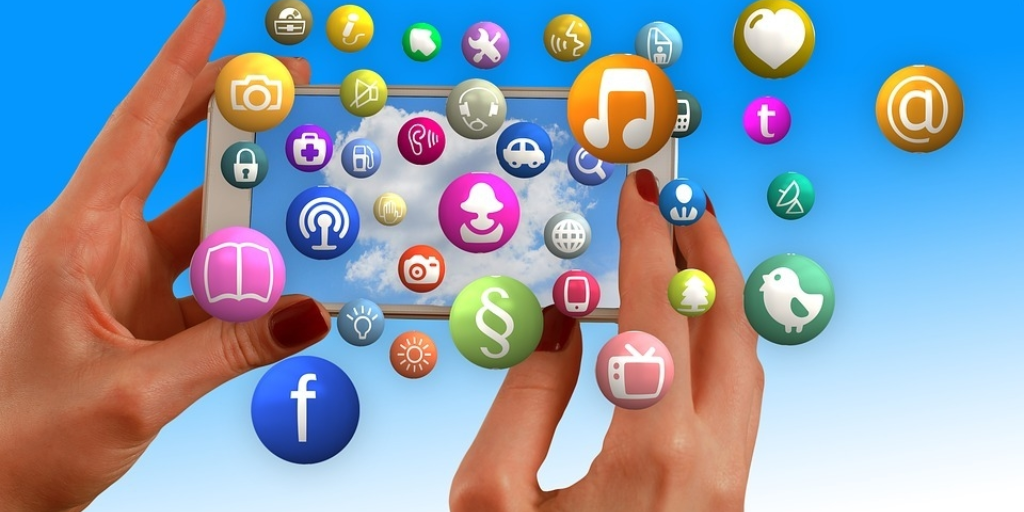Where Is Social Media Headed in 2018 and Beyond?
It’s important for entrepreneurs to understand how social media is evolving and changing — 2.8 billion people use social media. In terms of advertising new products and services, there are few things more potent and ubiquitous than social media.
Let’s take a closer look at the things that are impacting the future of social media.
Hyper-Personalization
During the 2016 election, we witnessed how sharply divided the US population has become. This isn’t unique to the United States. Around the world, humans are becoming divided on issues as mundane as brand loyalty, and as explosive as political process and ideology.
Social media firms, like Facebook, have created products that deliver information in a way that’s hyper-personalized. Every morning when I wake up, I reach for my smartphone. As I scroll through my Facebook news feed, I actively “unfollow” people and organizations that share information I don’t find useful or entertaining.
As a result, the information I see in my news feed is more and more personalized to who I am. Humans love information that reinforces personal beliefs, and have an aversion to information that challenges preexisting notions.
For entrepreneurs, this means tools like Facebook’s targeted advertisements are going to become smarter and more powerful. As a marketer, I can better target the people who see my products, and more intuitively develop products for specific segments of society.
A demand for less censorship and even more freedom.
Social media has empowered individuals to share their thoughts and ideas with the tap of a screen. No need to create a blog, develop an audience and constantly stuff it with current information. If you want your entire circle of friends and family to learn about your weekend barbecue, just hit “share”.
Unfortunately, this freedom is being curtailed by many governments. Bangladesh, China, Egypt and many more countries actively censor social media platforms that refuse to comply with the government’s wishes. This means that a large portion of the global population do not have access to freely share and consume information through social media channels.
Blockchain may hold the secret to unleashing social media and bypassing censorship.
There’s a real movement to create social media platforms that cut-through the censorship of big brother, and give users more control. And it’s not all about bypassing government censorship.
Even Facebook has found themselves in hot water, facing down claims that Facebook censors conservative news sources in their “Trending” news widget. There’s also the fact that social media giants make billions of dollars by selling ads that rely on the content we freely give them. As publishers and users, we aren’t getting a slice of the pie.
As I researched this article, I stumbled across an exciting new concept in social media — the idea of taking social media to the blockchain. Yes, you read that correctly. The same technology that’s used to power bitcoin and other cryptocurrencies could be coming to a social media app near you.
onG.social – A blockchain social media platform.
There’s a great deal of buzz around onG.social, a startup that is trying to revolutionize social media to be fairer to the people that produce amazing content. They are doing this by utilizing blockchain technology to make a social media platform that is more resilient and accessible.
Users who want to maximize their social influence can use the platform’s mirroring feature to broadcast information across multiple social media platforms with a single click. Users who create compelling content can be financially rewarded for their contributions to the community.
For entrepreneurs, this is exciting because it could be a new opportunity to market to consumers located in countries that censor internet traffic. And, with the cost-sharing initiatives being proposed, there could be some cool revenue opportunities.
Video will only become more and more important.
While blockchain gurus fight the nation states that want to censor our access to social media, the type of content we enjoy online is changing.
Massive improvements to global bandwidth and data speeds, along with increasingly efficient data compression, has allowed for streaming of video to become one of the fastest growing aspects of social media.
The lines between YouTube and Facebook will continue to be blurred. This is happening because of higher engagement rates with videos – as long as the viewer doesn’t have to search too hard to find them. Social media makes it so easy to scroll through posts and find videos we love – and savvy marketers are jumping on the bandwagon.
In 2018, I’m confident we’ll continue to see even more news feed personalization and audience targeting capabilities. The types of platforms we use may shift, especially for users living in countries that could benefit from the censorship-blasting potential of blockchain technology, and video (both traditional and live) will continue to dominate as the social communication medium of the future.


